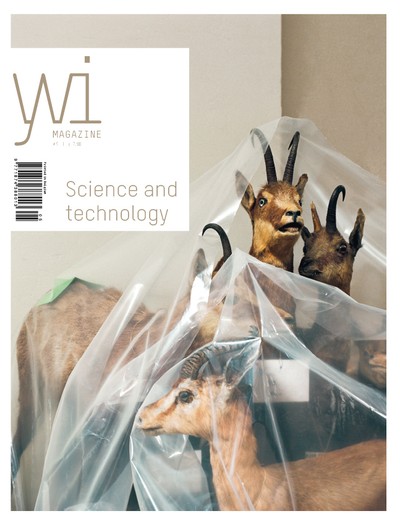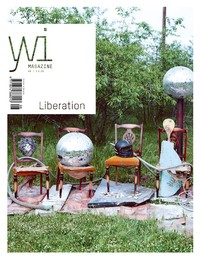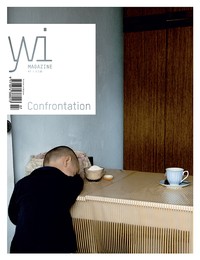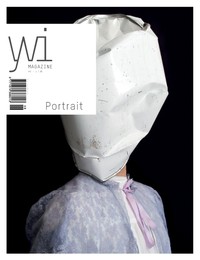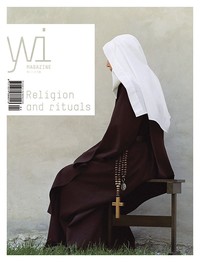Yvi Magazine i — #5
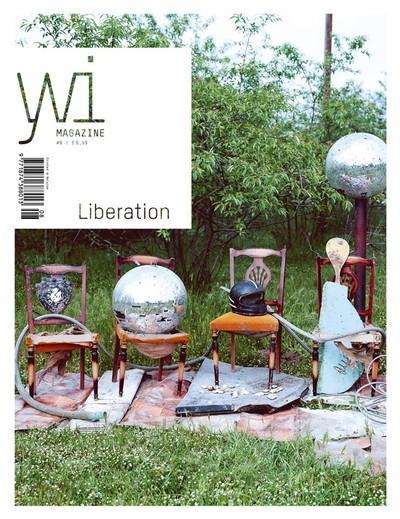
Yvi Magazine
Yvi Magazine is an English-language art magazine published in the Netherlands. Each issue of Yvi Magazine focuses on a central (social) theme seen from the perspective of art. A wide range of artistic visions on a pertinent social theme are brought together in the form of photography, design, architecture and visual art.
- 435 (128)
- Netherlands
- Yearly
- Art, Culture, Design, Photography & Video
- First issue 2007
- ISSN 1874-3889
“#5: Science & Technology”
EUR 12.50
The fifth edition of Yvi Magazine is dedicated to science and technology. Art and science have always been a combination of bilateral fascination and aversion. Where science traditionally focuses on hard facts and the arts on the expressive side of things, we have recently seen these two worlds both making remarkable approaches towards one another.
A good example is The Cosmopolitan Chicken project of the Belgian artist, Koen Vanmechelen. In this work, by way of chickens, Vanmechelen makes connections between scientific, political, philosophical and ethical questions, together with the support of a number of scientists and researchers.
Billie Mandle reaches to the heart of most developments in bio- and agro-technology: mustard weeds and fruit flies. They are tools, integral to science and perfectly engineered, yet they are also a part of nature, just beyond our complete understanding.
With Crossing of Species, Bob de Graaf created a new catalogue of various parts of animals and objects. The catalogue can be used in order to create new species.
Catherine Wagner’s Trilogy is a series of composed photographs taken in three distinct areas: scientific machines, the Arctic Circle and the history of science.
Helen Flanagan shows how the world has changed since the arrival of such technology as the Internet. She has made portraits of people who have used the anonymity of the Internet to seek new erotic contacts, each with stories of their own.
At first sight, John Gerrard’s works resemble life-size photographs, but on further inspection, they prove to be entirely animated. Three-dimensional technology has been employed in order to tell new versions of events.
Klaus Pichler allows us to look into the hidden rooms of the Museum of Natural History in Vienna, producing a marvellous collection of all the things that our earth produces.
Science, technology and art also sometimes generates new creatures. The beings on the beaches, created by Theo Jansen, are a good example. Constructed of plastic tubing, these ‘animals’ are able to follow paths of their own with the help of the wind.
Marina Gadonneix is devoted to staged spaces and simulations. In her Playground Disorder project, she photographed spaces that are ‘ready for action’: locations reserved for official use, such as military and police practice ranges. The landscapes in the photographs are simulated sites of terrorist attacks, criminal offences and catastrophes. All over the world, people in uniform practice on such sites in order to prepare for the worst.
In Search for Evidence, photographer Patrik Budenz takes a look behind the scenes at the world of the anatomical pathologist. We have been able to become acquainted with this world by way of several television series’, but in reality, it is both more raw and a more ‘ordinary’ workplace for the people who are involved with it on a daily basis.
Science has not only succeeded in making it possible to explain how people die, but we can also employ it to enrich our physical lives. In his series, A New Kind of Beauty, Phil Toledano demonstrates how far this can go.
If these interventions still fail to help our sense of well-being, we can look to Michael Vahrenwald. His series, Winter Landcapes, reveals therapy light boxes prescribed for depression by doctors. His work investigates the nature and function of visual representation or portraiture.
Carlo van de Roer created exceptional portraits with the aid of a special aura camera. It is not the expression of the face that is central here, but expression by way of the colours of the person’s aura.
If you want to study birds, you first have to catch them. At one time, they were shot, but now they are caught in mist nets. In Ornithological Photographs, Todd R. Forsgren shows the tangled birds in beautiful fashion, just a few moments before they are set free again.
What do you think of this issue?
Sign up or Log in to join the discussion.
Recent activity
- 09 Feb, 2014 Wanted by TanekeyaWord
- 15 Nov, 2013 Added to pile by Bolawoe
- 22 Oct, 2013 New cover uploaded by jschiphorst
- 22 Oct, 2013 Added to Magpile by jschiphorst
